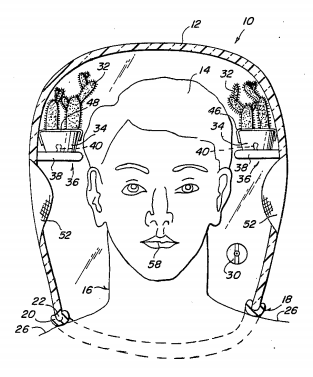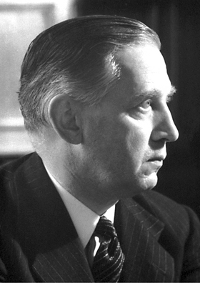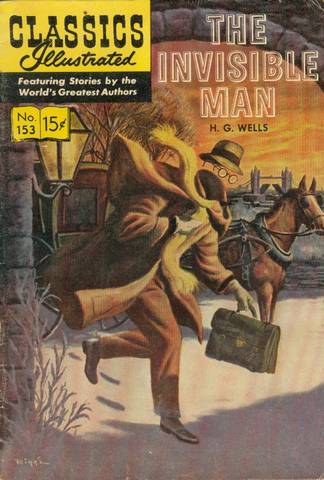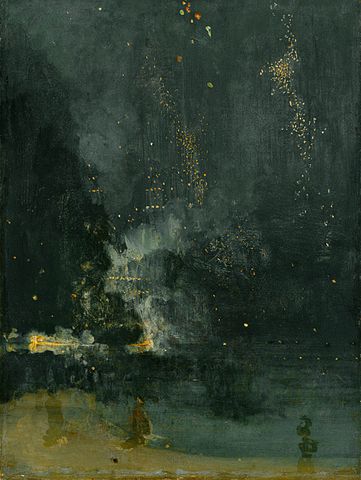https://www.youtube.com/watch?v=JYUg7jgG_vg
Argentine artist Leandro Erlich calls himself an “architect of the uncertain,” drawing equally from his countryman Jorge Luis Borges and from filmmakers such as Luis Buñuel and David Lynch, who he says “have used the everyday as a stage for creating a fictional world obtained through the psychological subversion of everyday spaces.”
The apparently gravity-defying Victorian property above is actually a large mirror suspended at a 45° angle over a facade set into the ground, which visitors are free to climb on. It’s appearing this month on a street in Dalston, East London.
The same participatory spirit informs Erlich’s installation Swimming Pool, below, which appeared at New York’s P.S. 1 Contemporary Art Center in 2008. The lower room is covered with a sheet of acrylic and a thin veil of water.
“Games and play are something that children do in order to learn the world,” Erlich says. “I do think [playing] is a positive way to trigger the process of thinking.”





